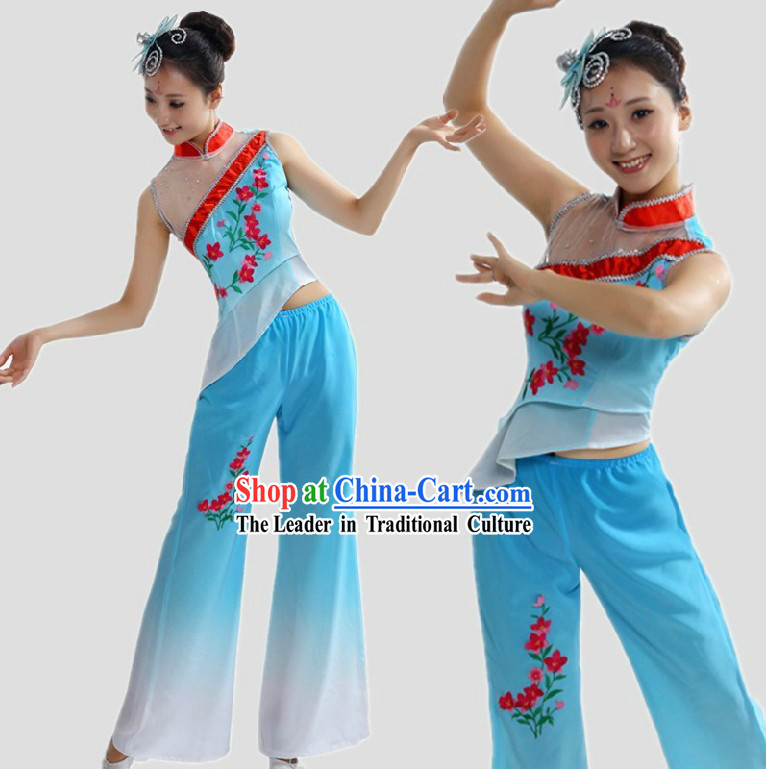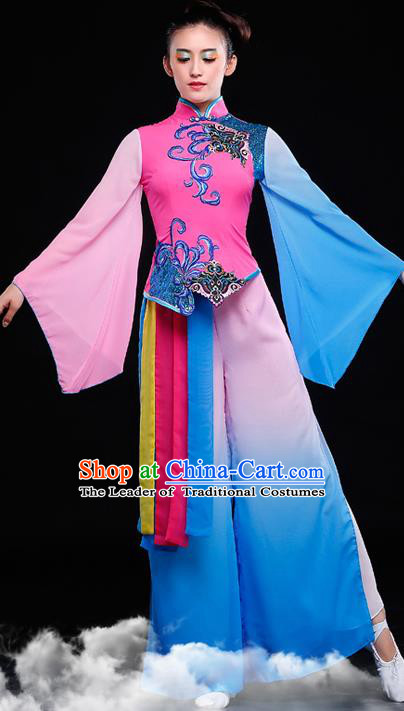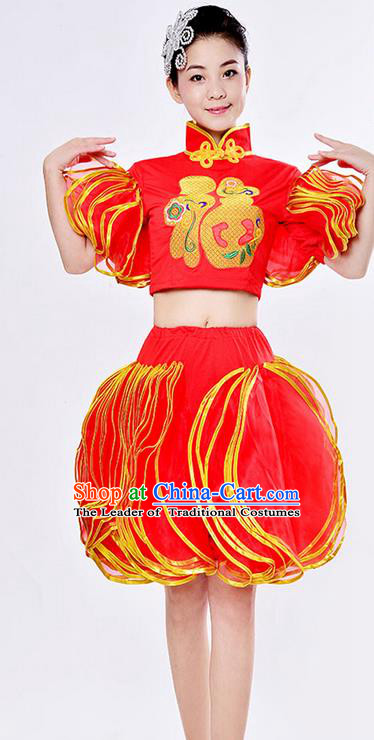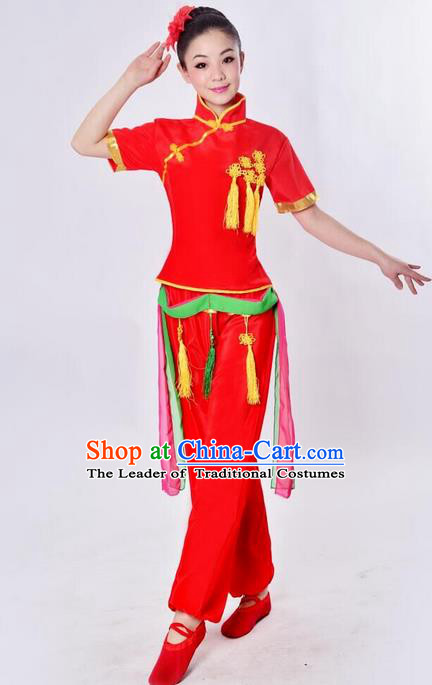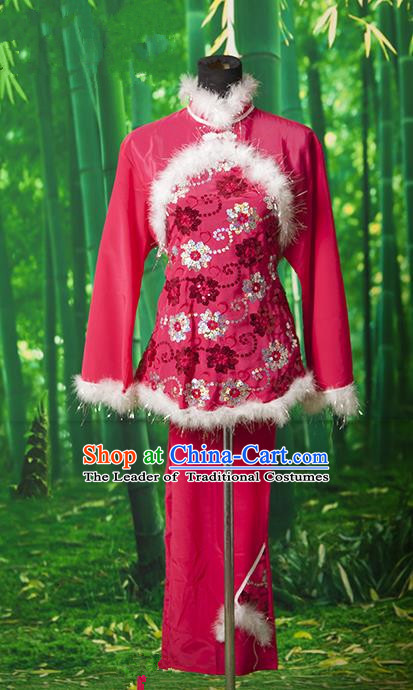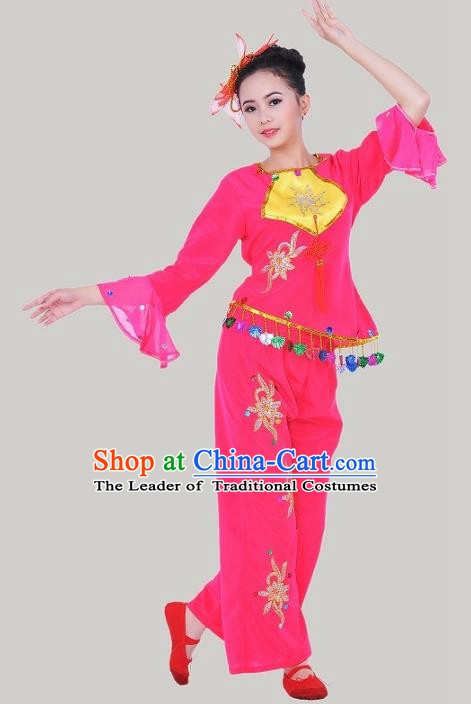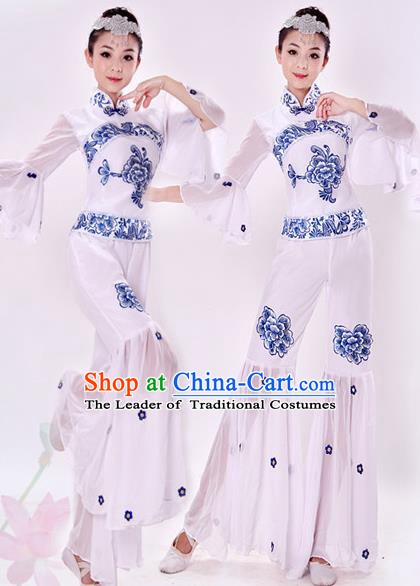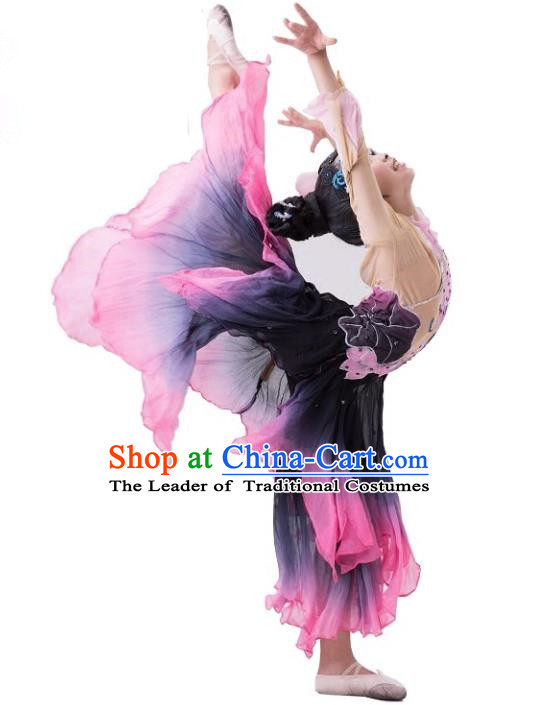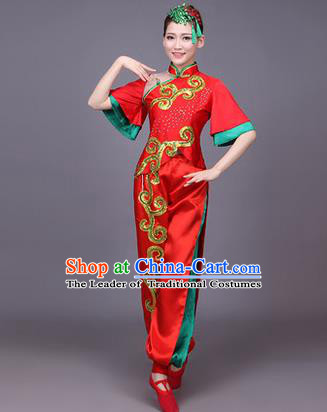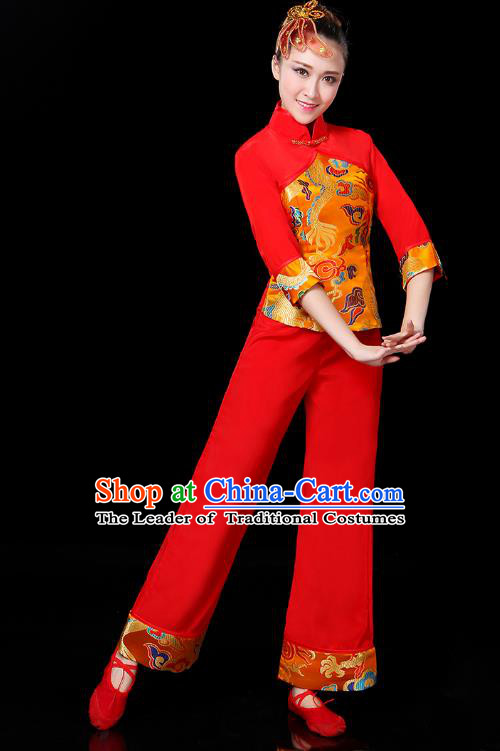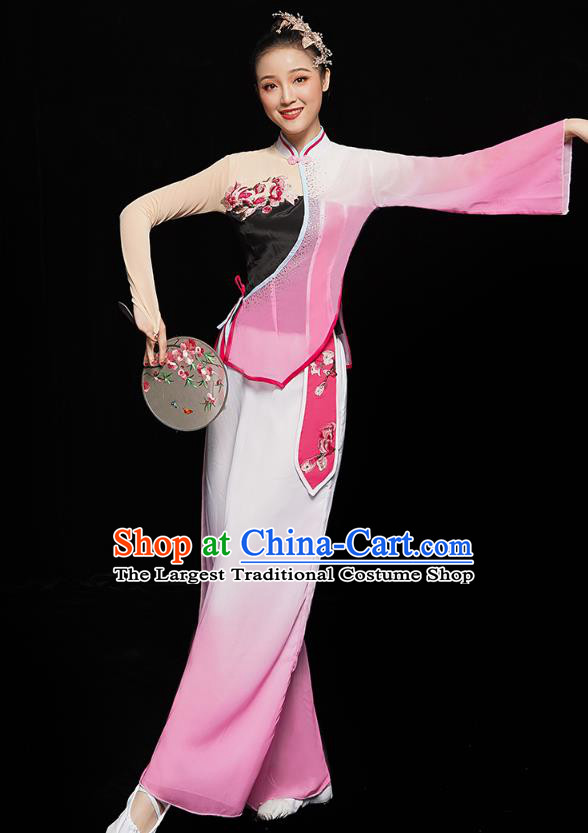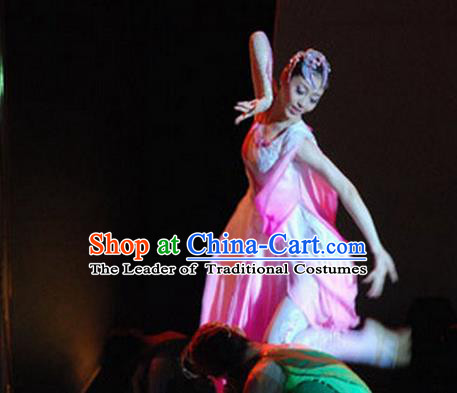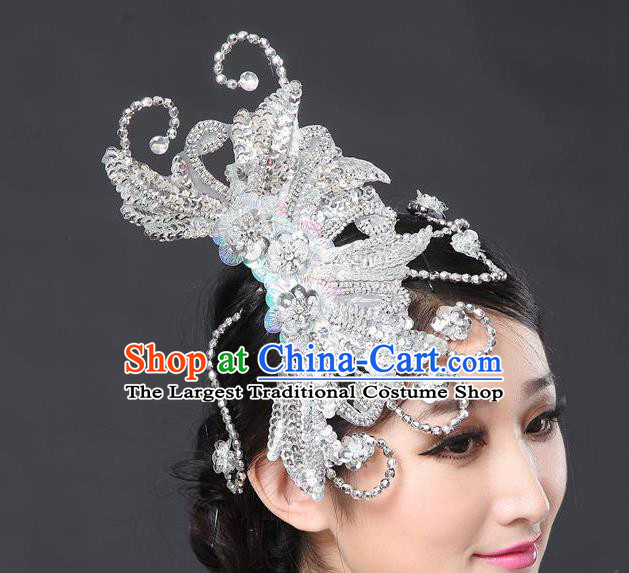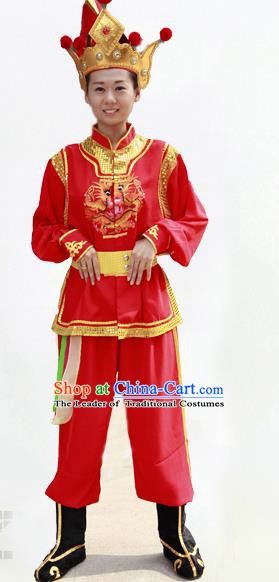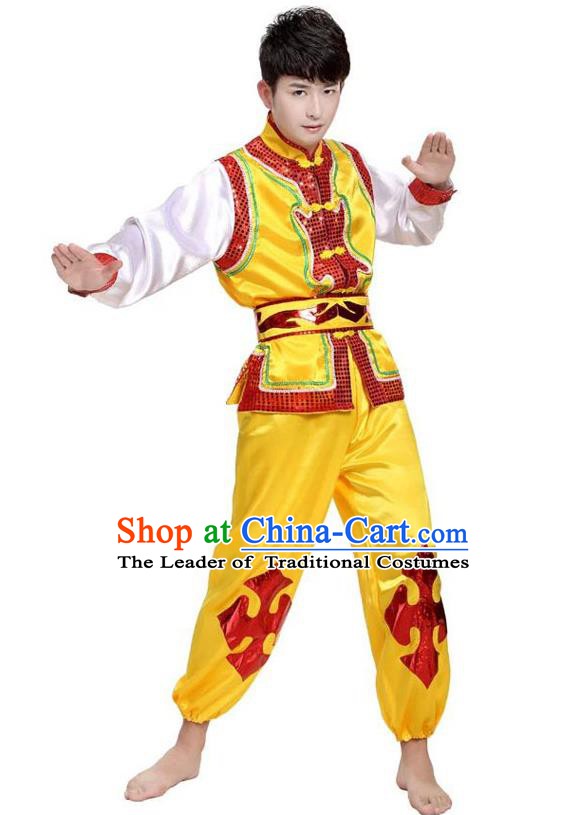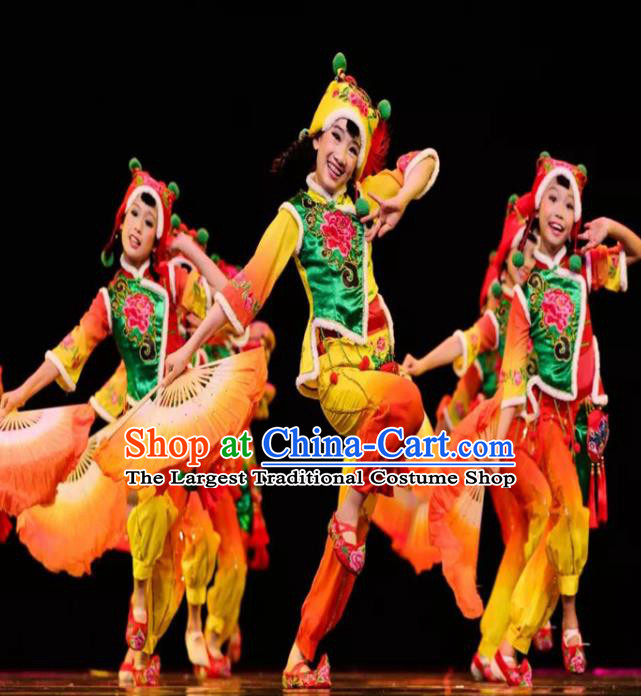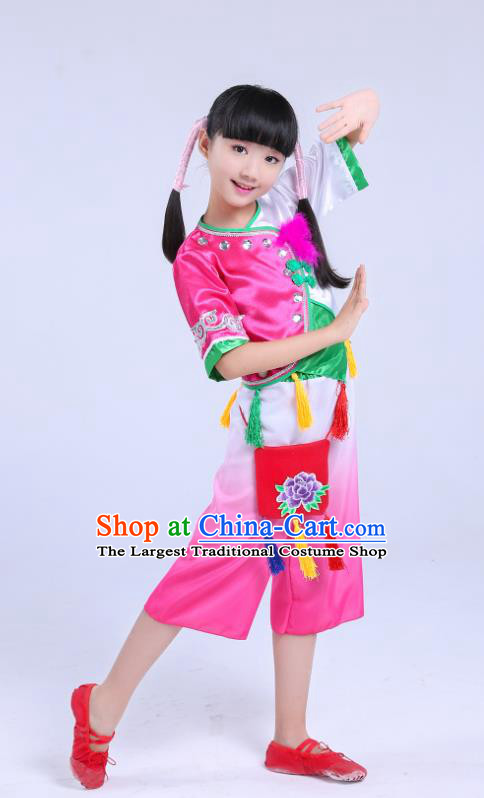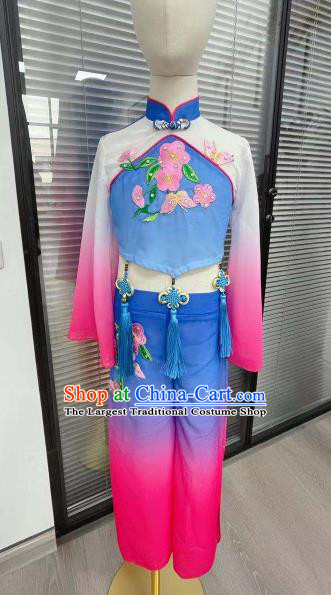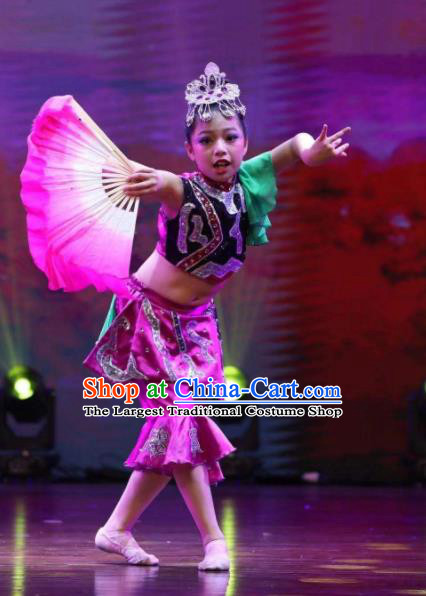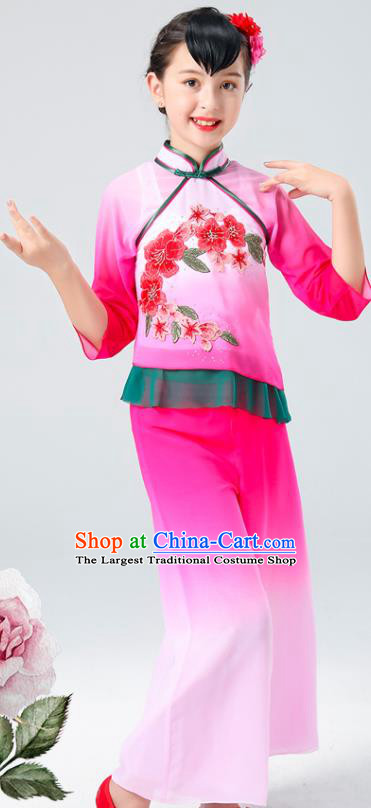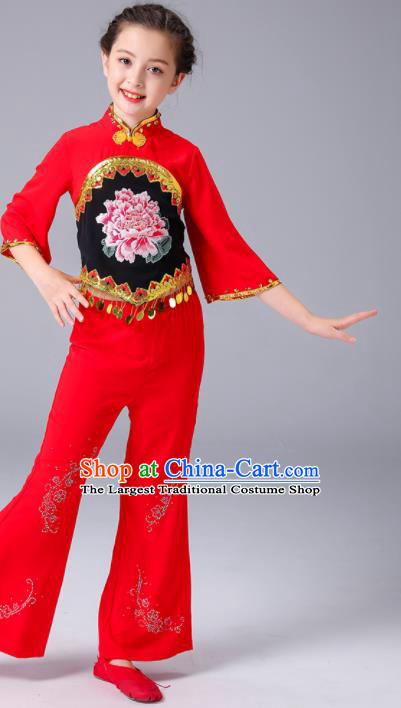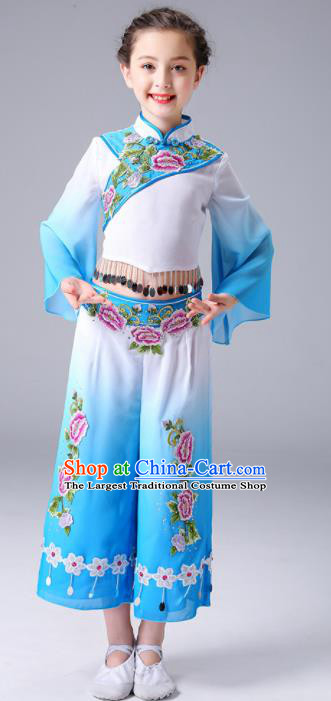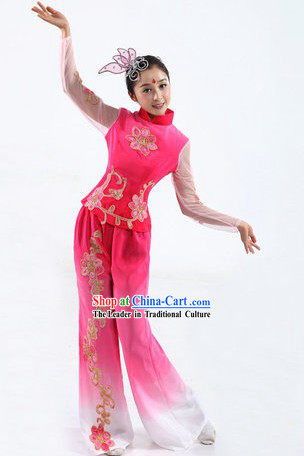
Click Related Pictures for More Audios:
Traditional Chinese Yangzhi dance costumes and female headdresses are renowned for their rich cultural significance and historical importance.
These costumes and headdresses represent the essence of ancient Chinese dance art and showcase the elegance and refinement of Chinese culture.
Yangzhi dance is a traditional form of Chinese dance that originated during the Ming Dynasty.
It is characterized by its light, graceful movements and beautiful music rhythms, and is usually performed on festive occasions or celebrations.
The costumes and headdresses worn by the dancers are also unique features of this dance.
Female dancers typically wear long robes in pink or white, adorned with golden floral patterns, which are paired with black skirts.
Headdresses include hair ornaments such as buns, hairpins, and earrings, which are used to secure hairstyles and add a touch of grandeur.
These costumes and headdresses not only have aesthetic value but also carry significant cultural meaning.
They reflect the aesthetic concepts, religious beliefs, and etiquette norms of ancient Chinese society.
By observing the design details of these costumes and headdresses, we can gain insight into the creativity and skill level of ancient artists, as well as their pursuit and expression of beauty.
In addition, Yangzhi dance is an important cultural heritage that represents a part of traditional Chinese culture.
It has been passed down through generations in the form of dance, and has been widely disseminated and developed in modern society.
Many places have dedicated Yangzhi dance groups and schools that cultivate new generations of dancers and enthusiasts.
These groups and schools not only inherit the ancient art of dance but also combine it with modern elements to create new styles and forms of expression.
In conclusion, traditional Chinese Yangzhi dance costumes and female headdresses are an integral part of Chinese culture, representing not only their aesthetic value but also their rich historical significance and cultural connotations.
By appreciating and learning from these artworks, we can better understand the unique charm and diverse artistic forms of traditional Chinese culture.
